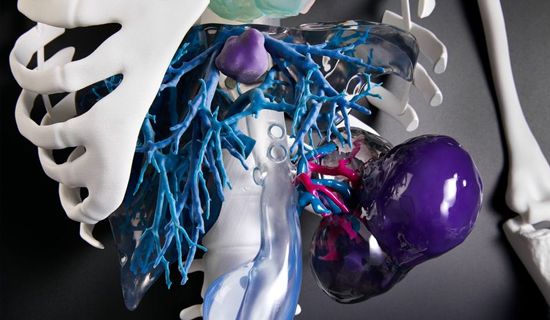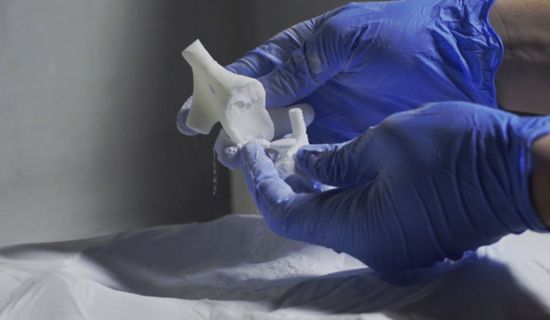How to bring Point-of-Care 3D printing to your hospital
3D printing empowers you to offer your patients truly personalized care.
Yet starting a lab or consolidating 3D printing efforts in your institution takes expertise to ensure you are harnessing the most value out of your endeavor.
We work with hospitals every day to help them achieve their 3D printing vision and realize its benefits, both at the clinical and operational levels.
Our dedicated 3D printing specialists partner with hospitals to establish Point-of-Care 3D Printing through the following five steps.
Step 1: Identify key stakeholders
Having a dedicated group of stakeholders makes it easier to establish individual responsibilities and clear workflows. We recommend setting up a multi-disciplinary 3D printing committee to drive the endeavor. This can include the medical director, engineers, clinical champions and administrative support staff to ensure the right skills and knowledge are involved at the right stages of the decision-making process.

Step 2: Define use cases with projected case volume
What are the most common cases that can benefit most from 3D printing? Approximately how many are there each year? In addition to orthopedic, cardiovascular, cranio-maxillo facial, and oncology cases, 3D printing is also used for training sessions and education. Projecting this usage will determine the scope of your project.

Step 3: Develop a funding strategy, which is usually found through investment or grants
Start-up costs are often covered by research funding, philanthropy, innovation grants, or other similar sources. As part of your operational plan, there may be opportunities to capture reimbursement for your 3D printing work, which is available in some regions on a case-by-case basis.

Step 4: Choose the right tools according to the use cases and vision
- Once you have defined your projected usage and your budget, we can guide you on which software packages fit your requirements to plan your targeted procedures and prepare models most effectively for 3D printing.
- With an ever-increasing amount of 3D printers and materials available, we work with hospitals to select the right hardware and materials matched to their use case projection. We even provide options for printers that have been certified with Materialise software to print models for patient care purposes.

Step 5: Operationalize
Once the above decisions are made, it is then time to implement 3D Printing as part of care delivery and capture value metrics to ensure sustainability. We advise hospitals on how to mitigate risks according to best practices and verify quality and compliance with the latest regulations. Once Point-of-Care 3D Printing is established, we then advise on scalability to address the expected demand growth in increased volumes and new specialties.

We are here to help you build a business case
Find out why Point-of-Care 3D printing can be valuable to your medical center.
Contact us to find out how to have an end-to-end 3D printing at your Point-of-Care.

